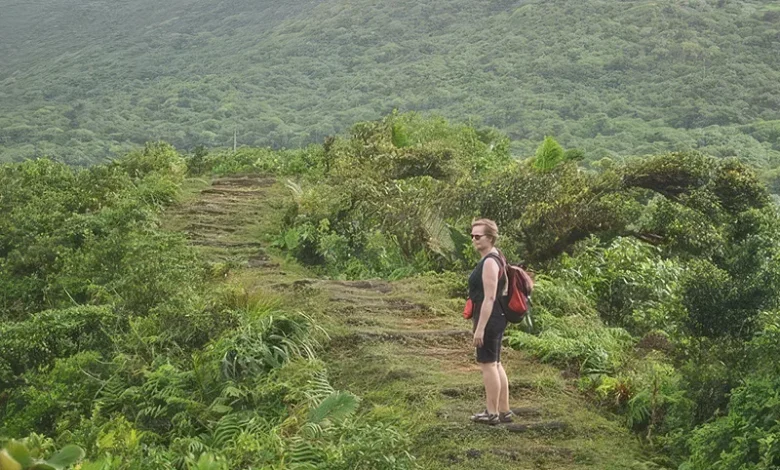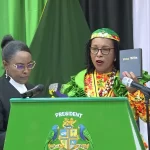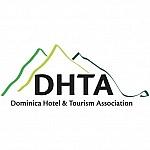National Parks and Protected Areas Act, 1975

The National Parks and Protected Areas Act, 1975 is a landmark legislation designed to safeguard Dominica’s environmental and cultural heritage. It establishes the framework for managing and protecting national parks and designated protected areas, ensuring these critical zones remain preserved for future generations. This Act reaffirms the island’s pledge to conservation and sustainable development.
Purpose and Scope of the National Parks and Protected Areas Act
The National Parks and Protected Areas Act, 1975 primarily aims to dedicate lands to the benefit of the people as part of the national parks system. It explicitly ensures that these lands are unimpaired and preserved for education, recreation, and environmental sustainability. Protected areas under the Act include zones of historic, archaeological, or scientific importance and areas of natural beauty and biodiversity.
Under this legislation, significant responsibilities are assigned to the Minister responsible for national parks and the National Parks Advisory Council, ensuring systematic administration and compliance. Specific guidelines are provided for management and public access and prohibiting harmful activities such as squatting, deforestation, and unauthorised construction.
Key Features and Provisions
The Act defines the national parks system as encompassing both public and private lands that are either designated or acquired by the state. Notable national parks protected under the Act include Morne Trois Pitons National Park, a UNESCO World Heritage Site, and Cabrits National Park, which includes both terrestrial and marine components.
Establishment of Protected Areas
The Minister has the authority to designate state lands as protected areas for purposes such as preserving flora and fauna, creating recreational zones, and commemorating historic events. Notably, the Act allows for the development of management plans for these zones, with public consultation required in some cases.
Advisory and Enforcement Roles
The Act establishes a National Parks Advisory Council, tasked with advising the Minister on the management and development of the parks system. Park wardens and police officers are also empowered to enforce the provisions of the Act, including the prevention of illegal hunting and fishing.
Implementation and Impact
Since its enactment, the National Parks and Protected Areas Act has led to the conservation of over 20% of Dominica’s landmass, ensuring the protection of biodiversity hotspots and cultural landmarks. It has facilitated the creation of nature trails, such as the Waitukubuli National Trail, and bolstered eco-tourism, a significant contributor to the island’s economy.
Protected areas under the Act support endangered species such as the Sisserou Parrot and the Jaco Parrot, both endemic birds of Dominica. Additionally, the legislation supports hydroelectric and geothermal projects, aligning with the island’s renewable energy goals.
Challenges and Ongoing Developments
Despite its successes, the implementation of the Act faces challenges, such as balancing development with conservation. Initiatives like the Geothermal Power Plant require careful planning to ensure minimal environmental impact. Continuous updates and amendments to the Act are vital to address evolving conservation needs.




